-
The Spanish continue to expand their colonial empire in the Americas, including the territory of what is now Mexico.
-
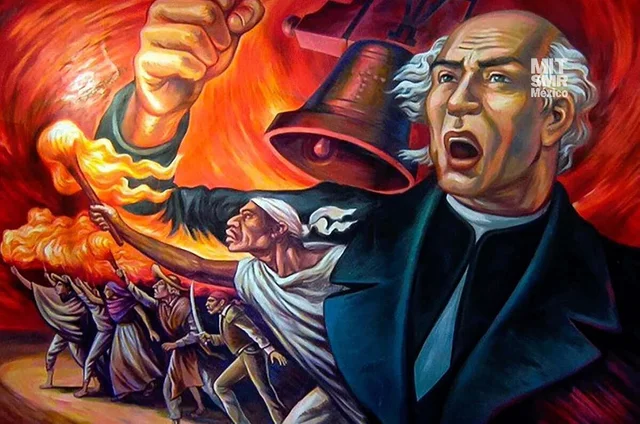 On September 16, Miguel Hidalgo y Costilla, a Catholic priest, issues the Grito de Dolores, calling for the end of Spanish rule in Mexico.
On September 16, Miguel Hidalgo y Costilla, a Catholic priest, issues the Grito de Dolores, calling for the end of Spanish rule in Mexico. -
Mexico officially achieves independence from Spain on September 27, through the Treaty of Córdoba.
-
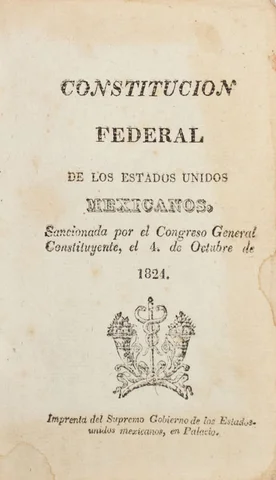 Mexico transitions from an empire to a federal republic with the promulgation of its 1824 Constitution.
Mexico transitions from an empire to a federal republic with the promulgation of its 1824 Constitution. -
he United States and Mexico go to war, resulting in Mexico losing about one-third of its territory, including present-day California, Texas, Arizona, New Mexico, and Nevada, through the Treaty of Guadalupe Hidalgo.
-
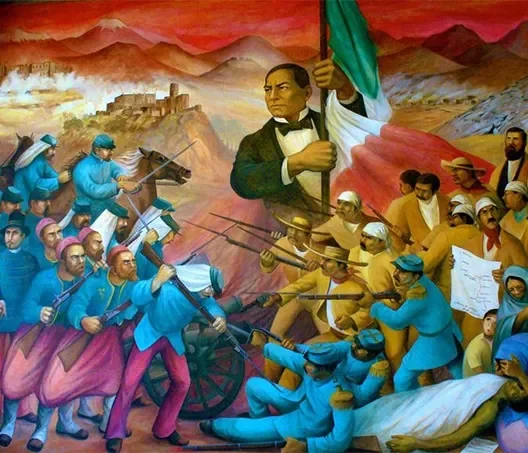 On May 5 (Cinco de Mayo), Mexico defeats French forces in the Battle of Puebla, a victory that symbolizes Mexican resistance to foreign domination.
On May 5 (Cinco de Mayo), Mexico defeats French forces in the Battle of Puebla, a victory that symbolizes Mexican resistance to foreign domination. -
Maximilian I, a European noble, is installed as Emperor of Mexico by French Emperor Napoleon III, but his reign is short-lived.
-
Initiated by Francisco I. Madero against longtime dictator Porfirio Díaz, this conflict leads to significant social, economic, and political changes, including land reforms and the establishment of a constitutional republic.
-
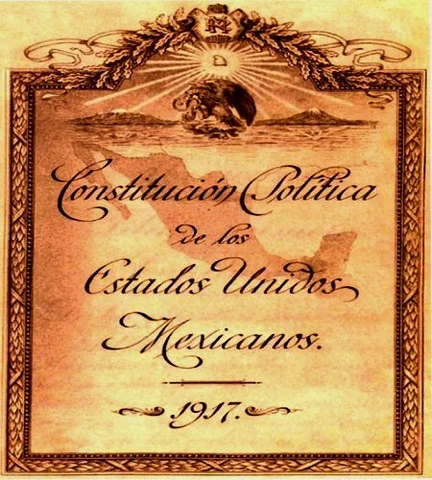 The Constitution of 1917, still in effect today, is promulgated, introducing significant reforms including land redistribution and labor rights.
The Constitution of 1917, still in effect today, is promulgated, introducing significant reforms including land redistribution and labor rights. -
Cárdenas implements significant social reforms, nationalizes the oil industry, and redistributes land to peasants, strengthening the state's role in the economy.
-
The United States and Mexico agree on the Bracero Program, allowing millions of Mexican men to work temporarily in the U.S. agricultural sector until 1964.
-
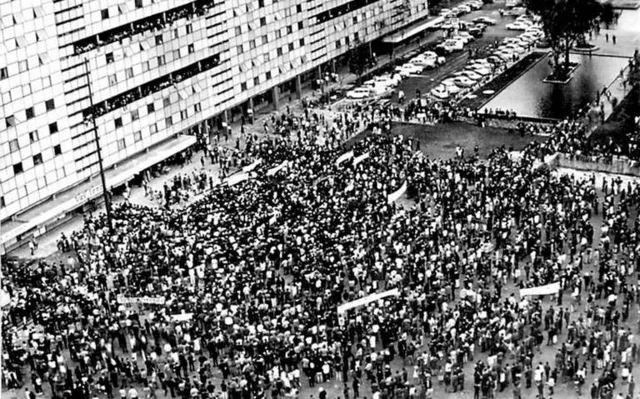 Government forces massacre hundreds of student protesters in Mexico City, just days before the city hosts the Olympic Games.
Government forces massacre hundreds of student protesters in Mexico City, just days before the city hosts the Olympic Games. -
A devastating earthquake hits Mexico City on September 19, causing widespread destruction and thousands of deaths.
-
NAFTA comes into effect, creating a trilateral trade bloc between Mexico, the United States, and Canada.
-
The Zapatista Army of National Liberation leads an uprising in Chiapas, demanding improved rights for Indigenous peoples.
-
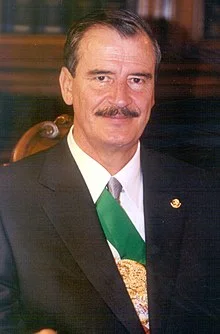 Vicente Fox of the National Action Party (PAN) wins the presidential election, ending the Institutional Revolutionary Party (PRI)'s 71-year hold on the presidency.
Vicente Fox of the National Action Party (PAN) wins the presidential election, ending the Institutional Revolutionary Party (PRI)'s 71-year hold on the presidency. -
Felipe Calderón's presidency marks a period of intense violence in the Mexican Drug War, with a significant increase in military action against drug cartels.
-
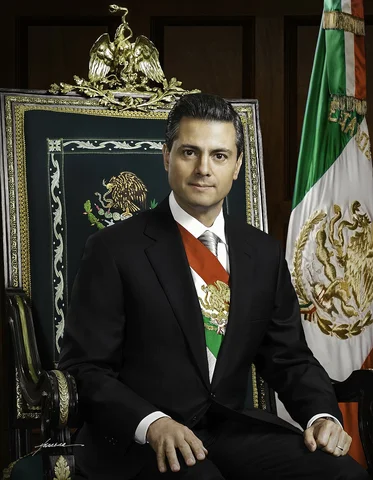 Enrique Peña Nieto of the PRI wins the presidency, marking the party's return after a 12-year hiatus.
Enrique Peña Nieto of the PRI wins the presidency, marking the party's return after a 12-year hiatus. -
43 students from the Ayotzinapa Rural Teachers' College are forcibly abducted and disappeared in Iguala, Guerrero, leading to international condemnation.
-
Mexico, like the rest of the world, faces the health and economic challenges posed by the COVID-19 pandemic, impacting millions of lives across the country.